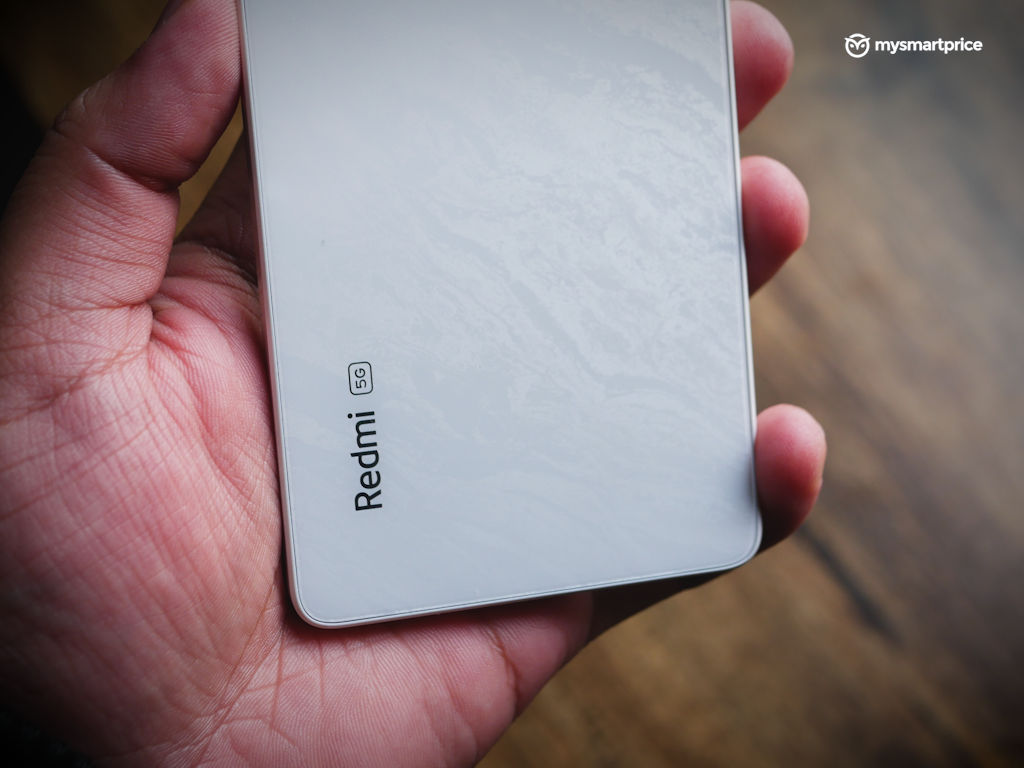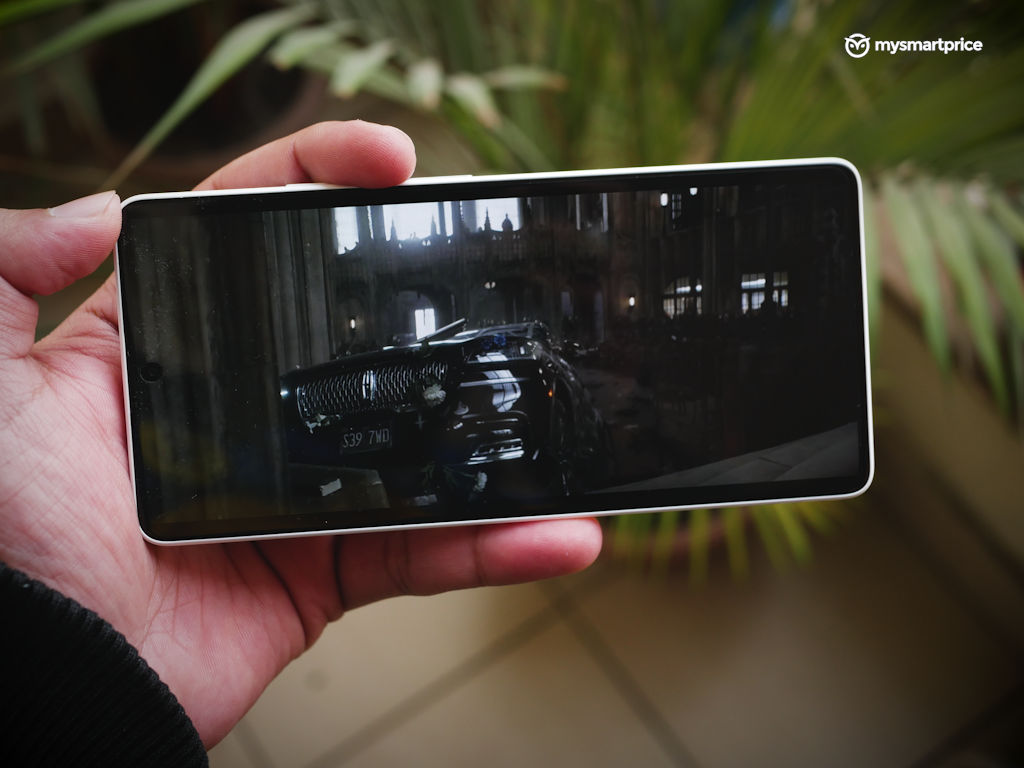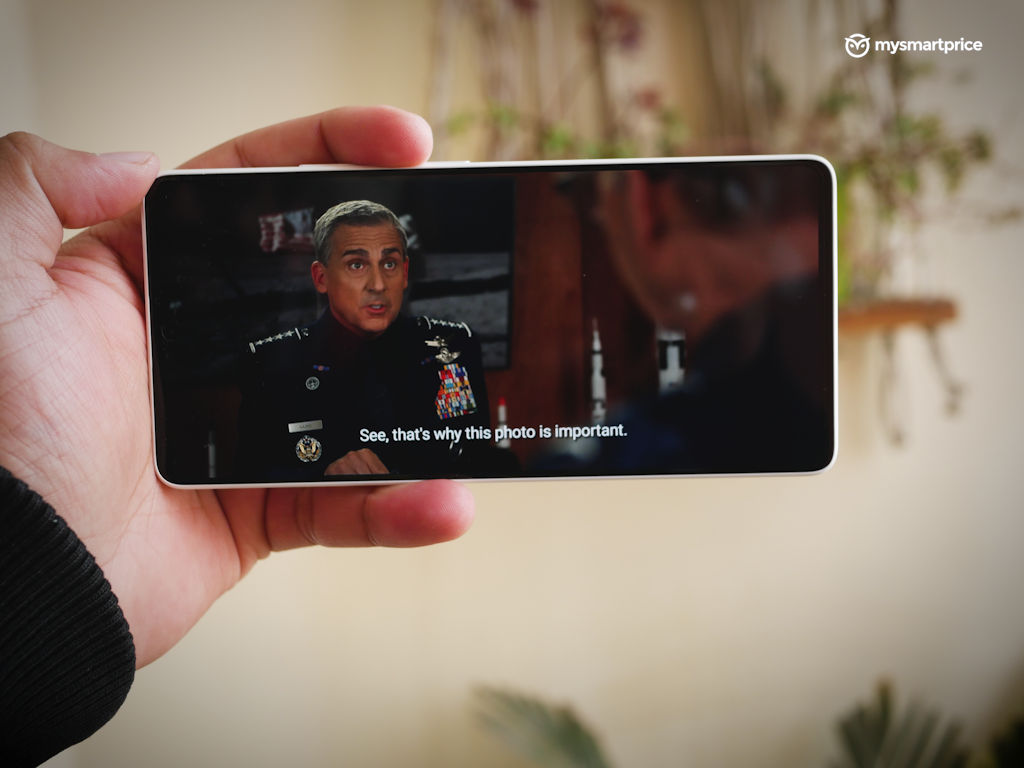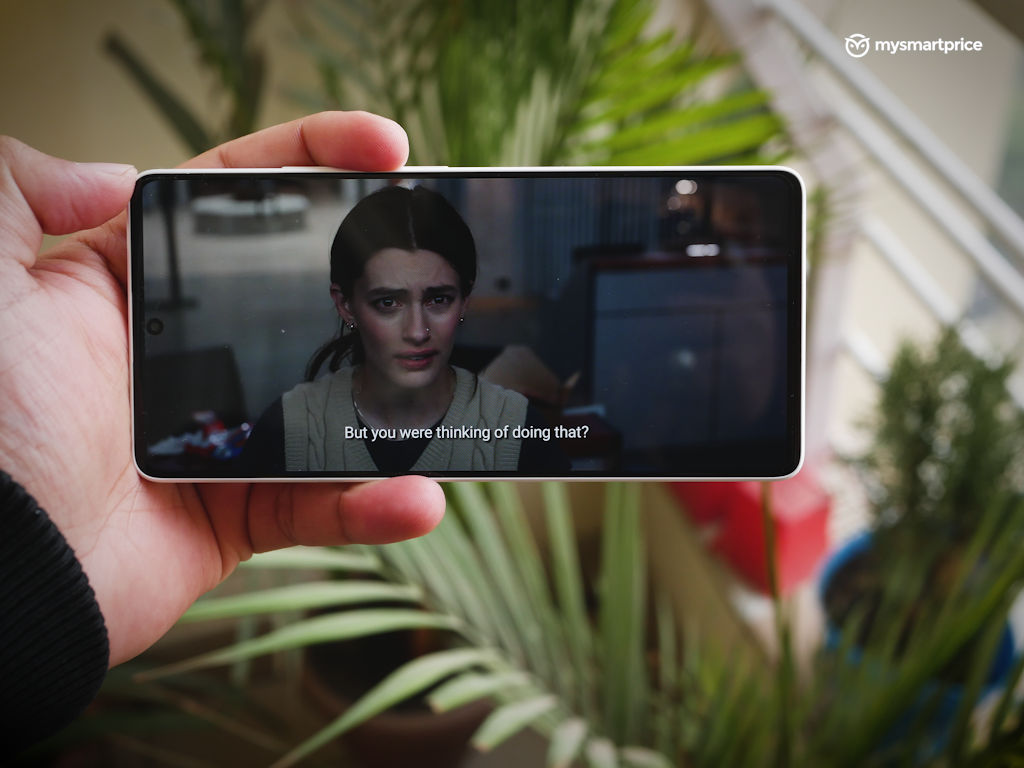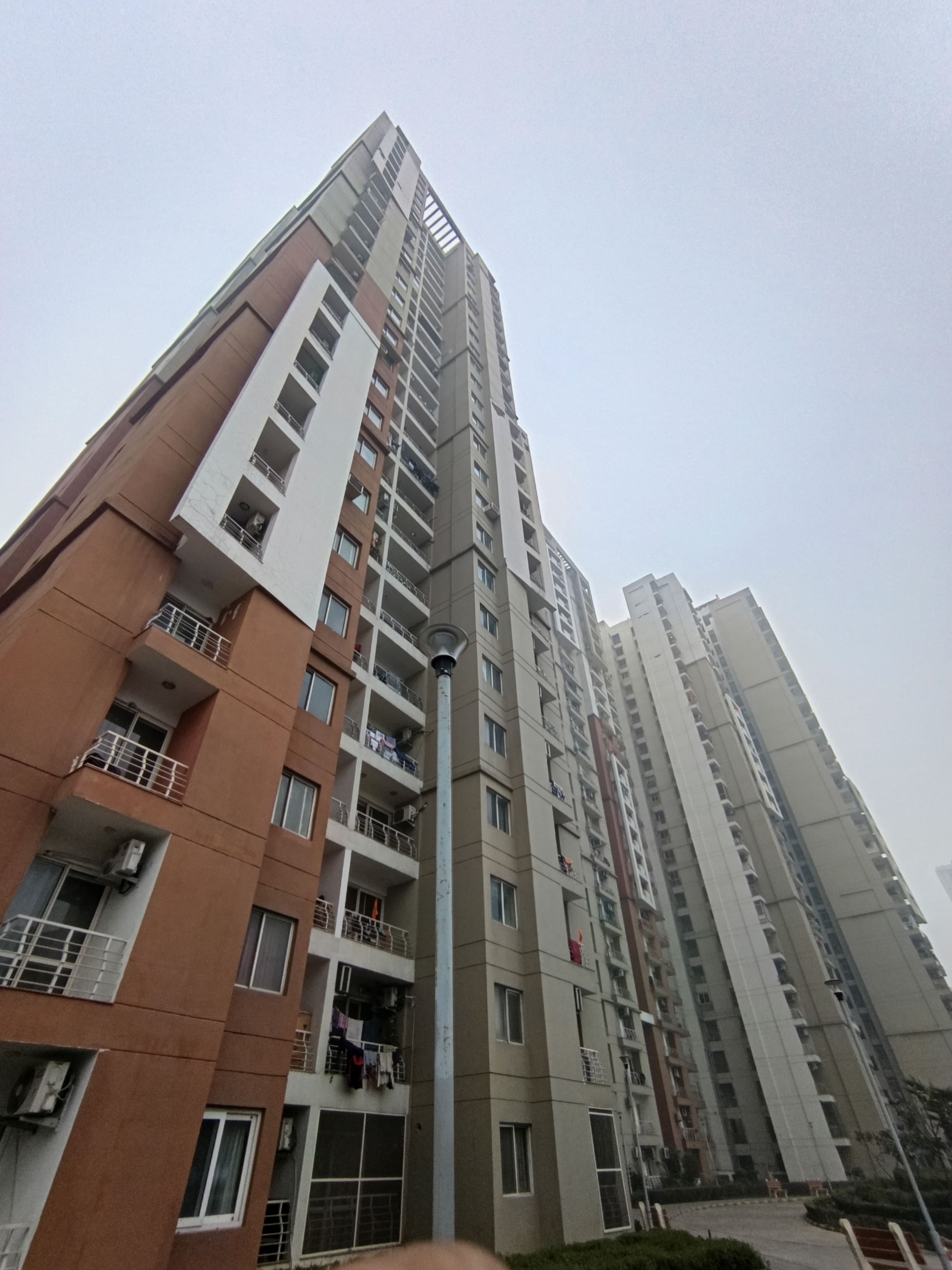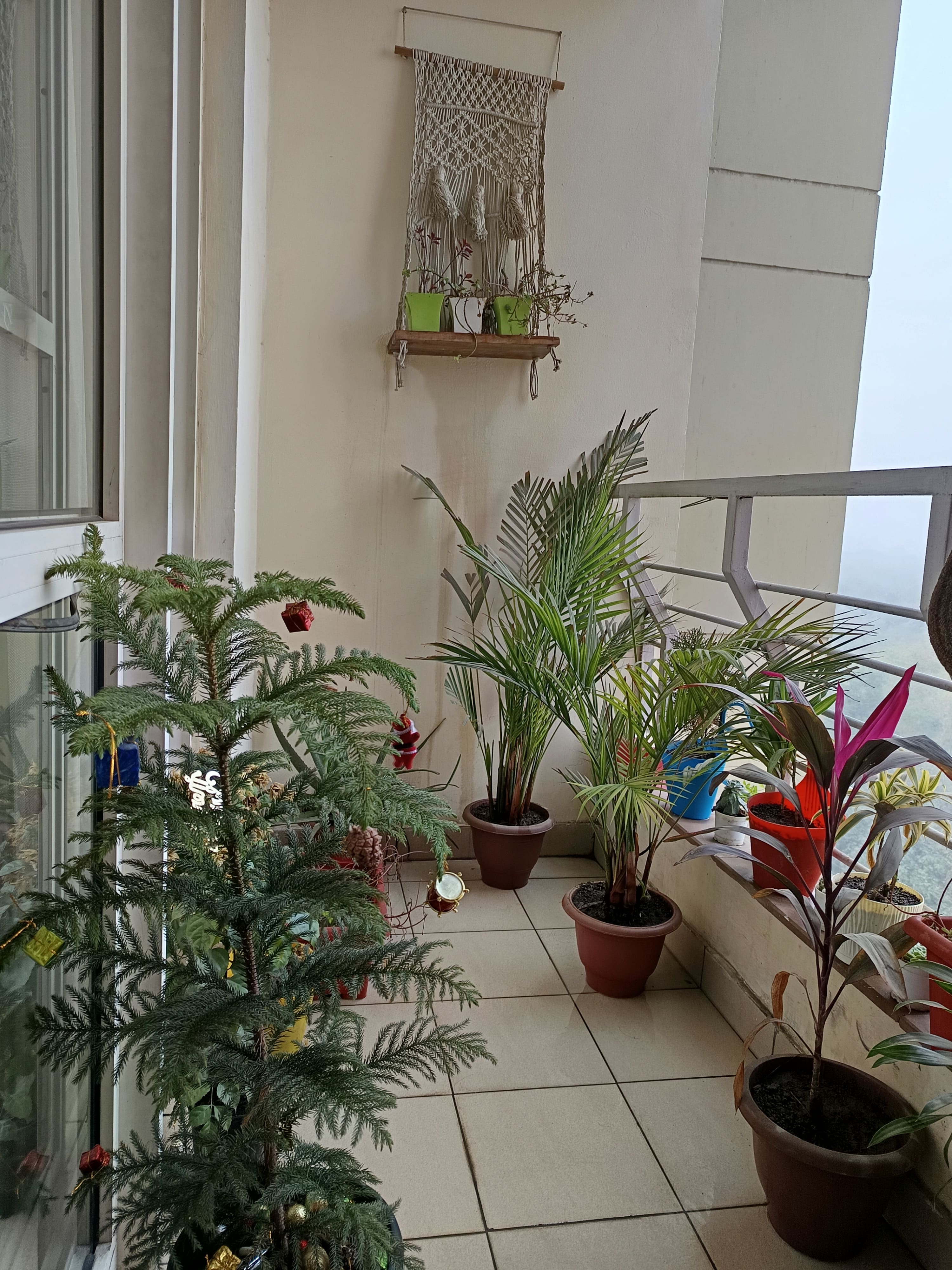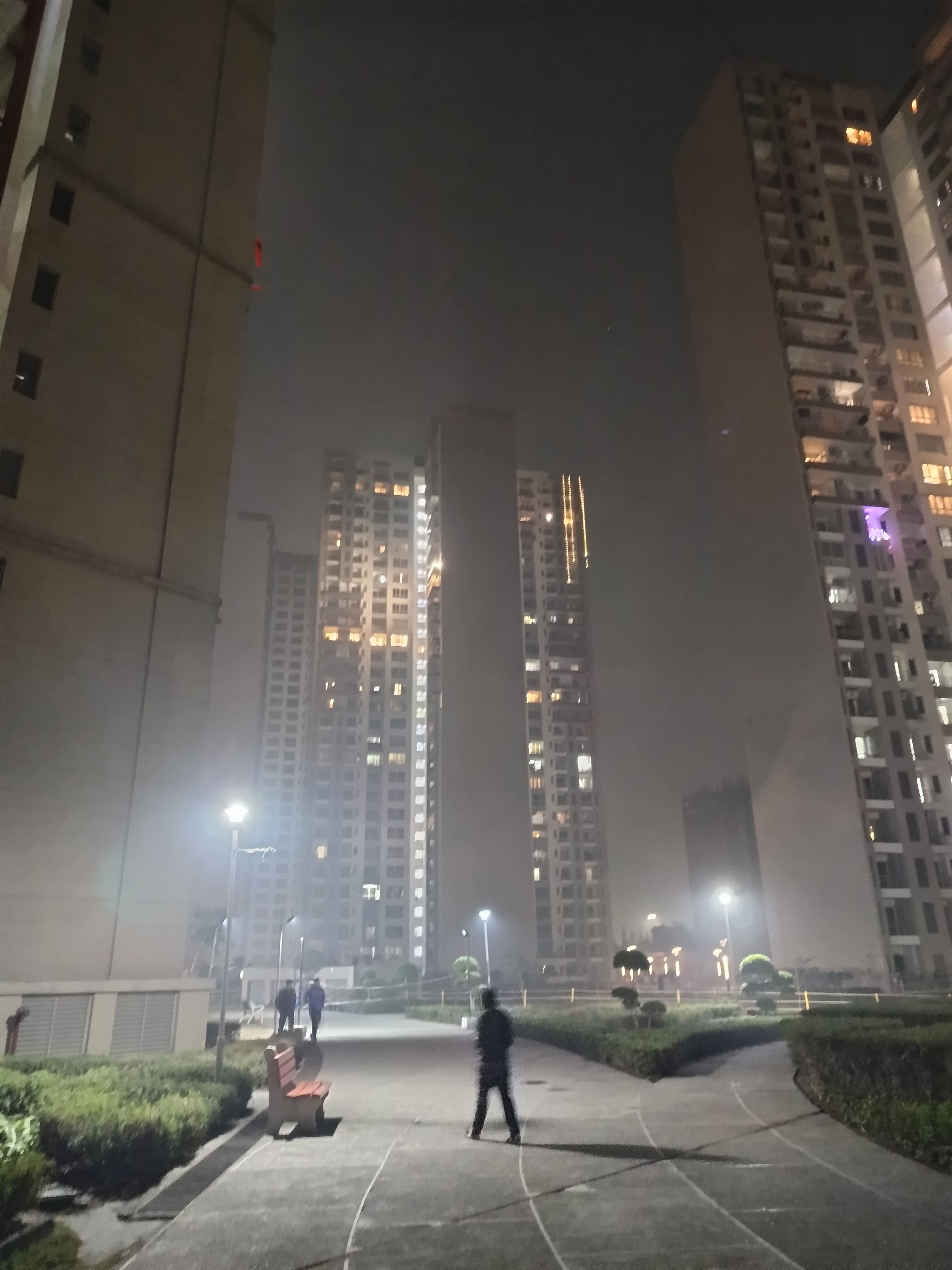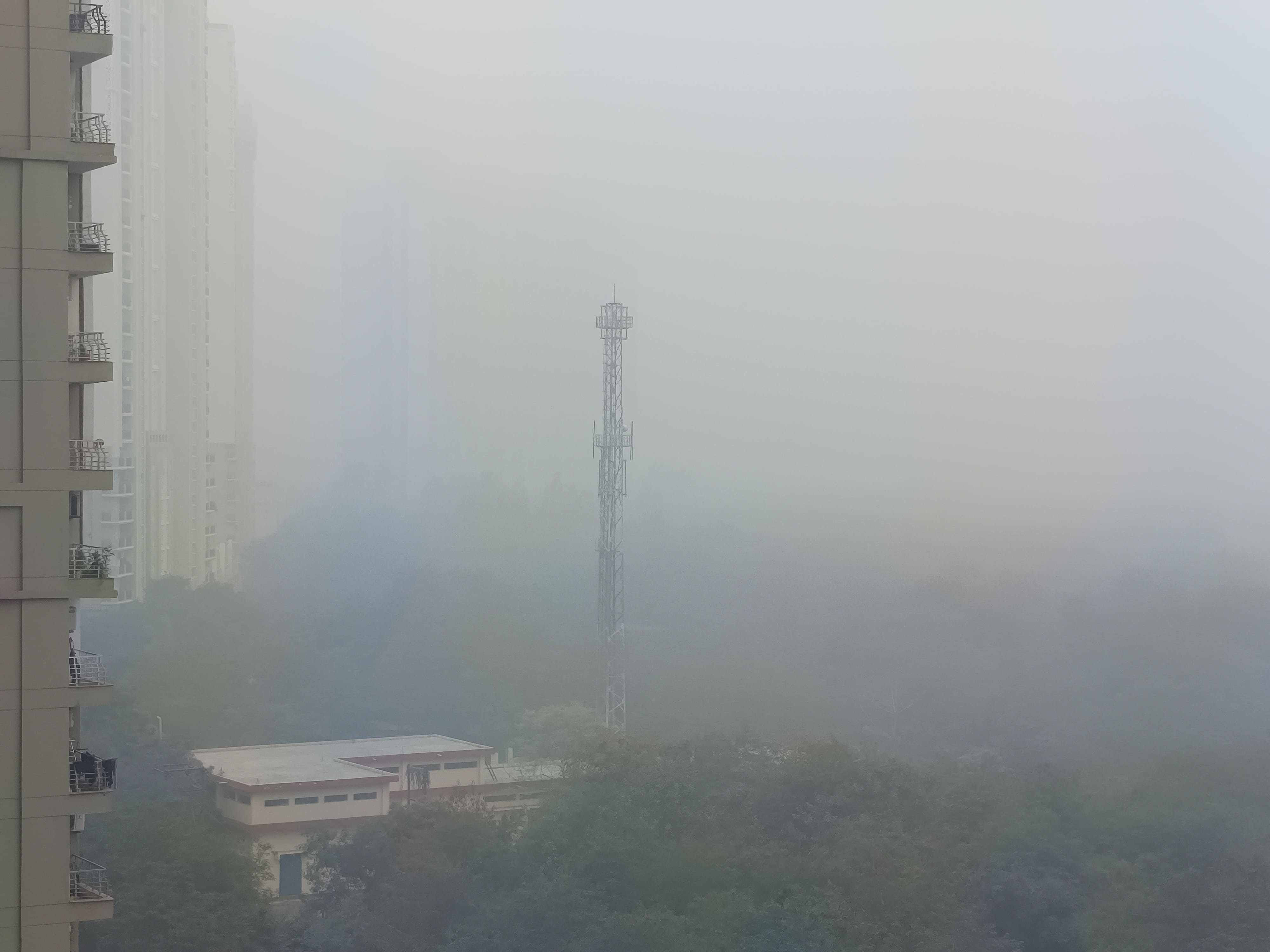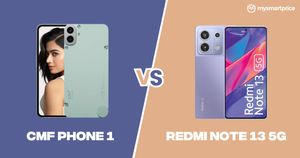
Ever since Redmi launched the original Redmi Note in India in 2014, they have been continuously upping the game to redefine what budget phones can offer. From featuring the first budget smartphone with an AMOLED display on the Redmi Note 10 Pro to a 64-megapixel camera in the Redmi Note 8 Pro — this series of phones has been revolutionary.
The newest member of the Note series — the Redmi Note 13 brings a lot of improvements over its predecessor such as a newer chipset — Dimensity 6080, a 108-megapixel primary camera and a new boxier design. I have been using it for a while now, so lets take an in-depth look at how Redmi Note 13 performed in my day to day usage. Take ‘Note’ folks, this is going to be interesting.
Redmi Note 13 Review: Design and build quality
| Design | Specifications |
| Weight | 173.5 g |
| Thickness | 7.6mm |
| IP Rating | IP54 |
| Colours | Stealth Black, Prism Gold, Arctic White |
The Redmi Note 13’s design approach does not deviate much from last year. The buttons and port placements remain the same but this time you get a boxier design. The device doesn’t feel cheap or too plasticky to hold, somewhat similar to the Realme 11X.
The Arctic White colour variant has a marble-inspired design which reminds us of the POCO F5. The camera module protrudes a bit, inviting scuffs and scratches in the long run.
The fingerprint sensor embedded in the power button is easy to reach and works flawlessly. The Redmi Note 13 also comes with an IP54 rating, which was surprising — in a good way.
Redmi Note 13 Review: Display and audio
| Display | Specifications |
| Size | 6.67-inch |
| Type | AMOLED |
| Resolution | FHD+ |
| Refresh rate | 120Hz |
| Peak brightness | 1000 nits |
Apart from the design, the Note 13 also borrows the display from its predecessor. The only noticeable difference is in the brightness numbers, which sees a reduction of 200 nits. This shouldn’t be a dealbreaker, as the content was legible even under direct sunlight.
The Redmi Note 13 comes with Widevine L1 certification out of the box, so watching high-quality content on OTT platforms is possible. The display produces punchy and vibrant colours, with deep blacks. This means darker scenes in The Batman were portrayed excellently, making the experience of watching the Caped Crusader even better.
The Note 13 offers a bunch of colour presets, I usually stick to standard as it offers a good balance of colours. The 120Hz refresh rate aids smooth scrolling throughout the UI, and the panel is snappy and responsive. The display is protected by a layer of Gorilla Glass 5, which is yet another important and commendable addition.
While I was impressed by the display, the audio department left me wanting for more. While most phones in this segment offer a stereo speaker setup, the Note 13 opts for a single speaker. The speakers get loud enough in most scenarios, but they lack a bit of oomph in the lower ends.
Redmi Note 13 Review: Performance and Software
| Hardware | Specifications |
| Processor | MediaTek Dimensity 6080 |
| AnTuTu v10 | 451109 |
| Geekbench 6.1 | Single core – 767 Multi core – 1972 |
| Software version | MIUI 14 based on Android 13 |
| Connectivity details | Bluetooth 5.3, NFC |
Since the Redmi Note 13 is a budget phone, it’s obvious to not expect craziness in the performance department, but for everyday tasks, it’s like a chill hangout buddy. It’s surely an upgrade from the Redmi Note 12 5G which came with a Snapdragon 4 Gen 1 under the hood.
The Redmi Note 13 handles your regular app shuffle like a champ
The Redmi Note 13 handles daily usage like a champ. There’s not a single hint of stutters or lags, even when switching between multiple apps. But, if you’re a hardcore gamer, who indulges in long and tiring BGMI sessions, this might not be your soulmate. Casual games, on the other hand, work well without any hiccups.
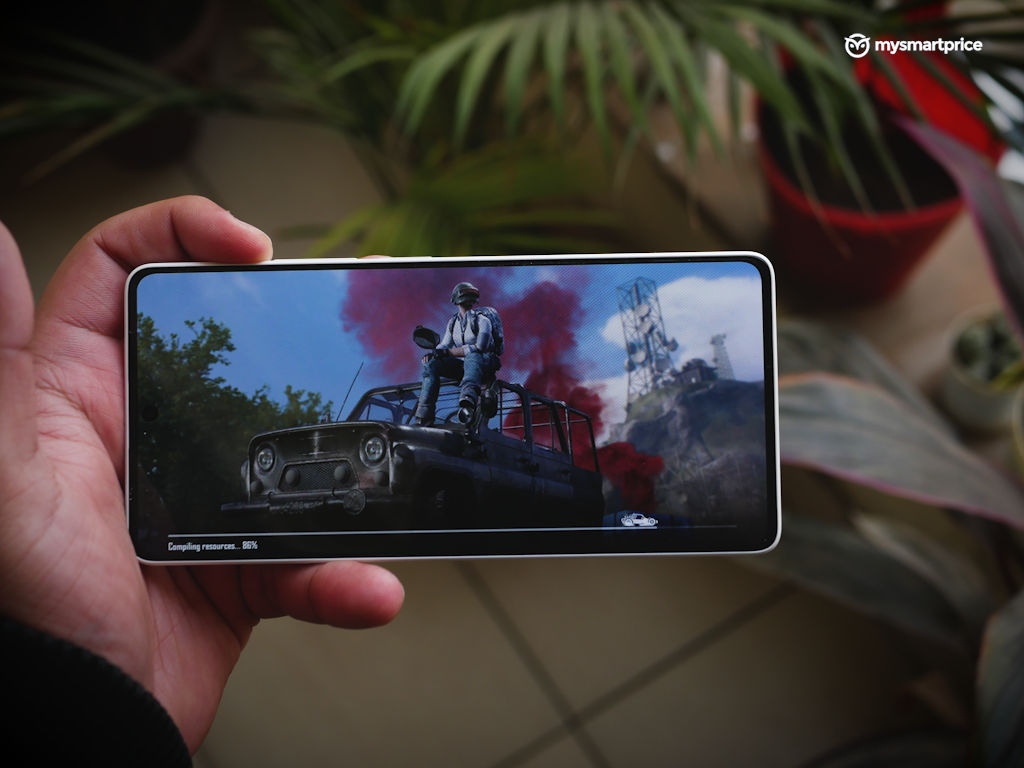
The software portion of the entire Note 13 series is a bit confusing. While the Poco X6 Pro comes with the newly released HyperOS, the Redmi Note 13 misses out on this. Instead, it runs on MIUI 14, based on Android 13. Redmi promises three years of Android updates and four years of security patches, which is good.
The Note 13 is plagued with a bunch of pre-installed bloatware apps, with most of them cluttering the home screen. Most of the apps can be uninstalled, but it’s still an annoying affair.
Besides that, MIUI 14 runs smoothly on the phone, with a bunch of customisation options. The software is well-optimised and there were no visible lags or stutters.
Redmi Note 13 Review: Cameras
| Primary camera | 108-megapixel with f/1.7 |
| Ultrawide camera | 8-megapixel with f/2.2 |
| Depth sensing camera | 8-megapixel with f/2.4 |
| Selfie camera | 2-megapixel with f/2.4 |
The primary camera captures good photos with ample details, something you would expect on a high-resolution camera. In good light, it snaps some good shots with decent details and colours.
The primary camera supports 3x in-sensor zoom. While the zoomed-in photos are usable in most conditions, we noticed discoloured patches in the image. In dimly lit conditions, the Note 13 can take usable shots. However, in darker scenarios, the camera struggles to gather a decent amount of detail. It also invites a bunch of grains along the edges.
The 16-megapixel selfie camera captures good shots with decent details. The skin tones are close to natural, and the portrait mode is able to separate the foreground and background well. However, low-light performance can get a bit inconsistent with blurry details at times.
Redmi Note 13 Review: Battery
| Battery capacity | 5,000mAh |
| Charging wattage | 33W wired |
| Charger in the box? | Yes |
The Redmi Note 13’s battery is quite reliable, easily lasting an entire day. With my usual day spent scrolling through social media and watching a lot of YouTube videos, the phone clocked about six and a half hours of screen time. If you are an average user, this number should slightly increase.
While the 33W charger isn’t the fastest in this segment, it can fill up your battery to 50 per cent in 30 minutes, enough to last you till you log out from the office. The Note 13 takes about 70 minutes for a full charge.
Redmi Note 13 Review: Verdict and alternatives
To conclude, the Redmi Note 13 is a solid-budget phone with a lot to offer for a starting price of Rs 17,999. It’s certainly not the most camera-focused phone on the market, but it can get the job done. It caters well to the casual user, offering a mix of reliable performance and essential features in a budget-friendly package.
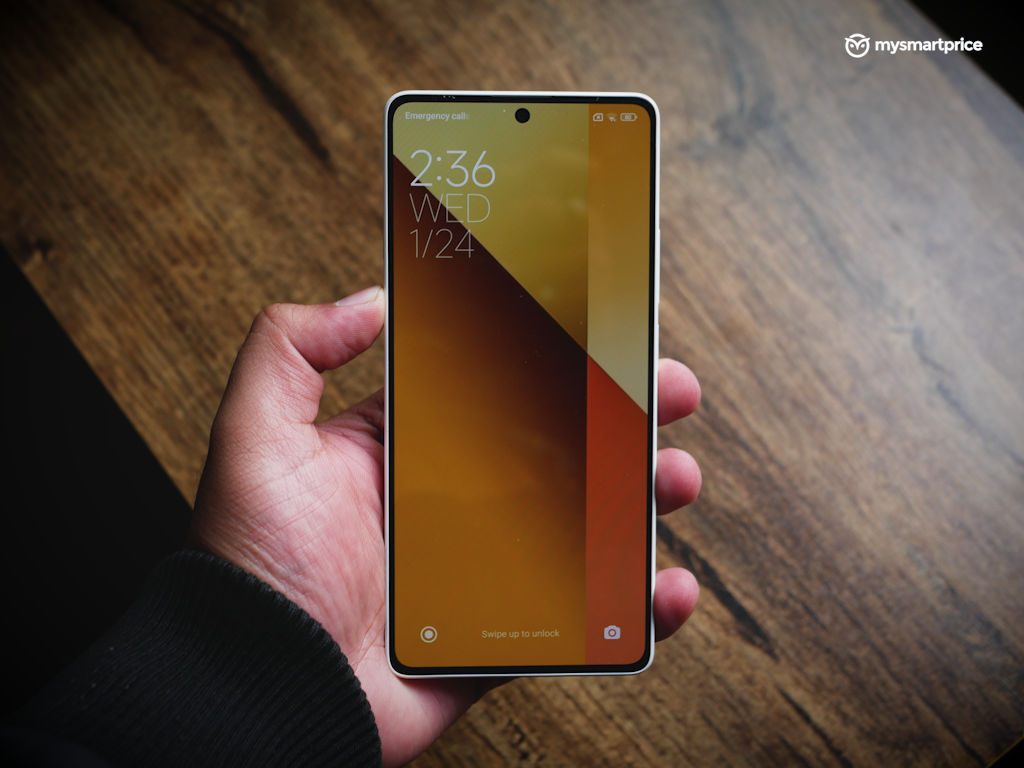
So, if you are looking for a smartphone and have a budget of around Rs 20,000, then the Redmi Note 13 should be on your list.
If you’re looking for some alternatives, you can check out the Realme 11 (Review). If you can stretch your budget, Lava Agni 2 (Review) can also be a worthwhile option as the curved display gives it a premium look and feel.


